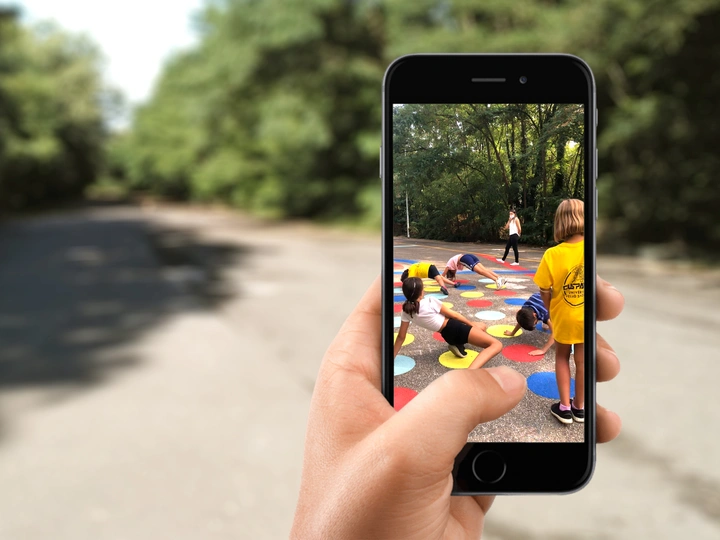Place, Co-creation, Care

Riccardo Bellati
Ioanni Delsante
Federico Modesti
Melissa Monastra
Ani Safaryan
Nazila Salehnia
THE CITY AS A COMMONS is created by the University of Pavia in 2019, hosted an international conference and a summer school. Moruzzi Road, a selected case study, further developed in the following years.
Nazila Salehnia, architect and PhD student at UniPV. Her thesis focuses on co-design to retrofit houses and the built environment.
Ioanni Delsante, architect and professor at UniPV and Huddersfield University (UK), dedicate his research to grassroot groups and commoning agencies.
The proposed contribution draws upon the experience developed alongside “Moruzzi Road, beyond a road”, an experimental project of urban commoning, and co-designing practices aimed at the transformation of a leftover road in the city of Pavia, developing since April 2021. The project is based on the formal collaboration between the University of Pavia, “Moruzzi Road” (a not-for-profit organisation), and the Pavia City Council. However, the stakeholder mapping exercise demonstrated many more individuals and organisations were keen to be involved in various capacities, including active citizens, schools (both primary and secondary), enterprises, and local industries.
The process of transformation of “Moruzzi Road” is a narrative of collaboration and cooperation of many different actors in a bottom-up and generative way, intersecting different groups’ knowledge and care on a specific site. It also turned into a learning place to experiment collectively with the hierarchies, decision-making, co-creating, and relationships that were not only between humans. These actions empowered the people involved, created communities (even temporary), promoted the sense of belonging between the participants and towards the place, and finally, they shaped the space as well, which can be defined as an alternative way of doing architecture.
This contribution offers an insight into five prominent actions that were conducted from the beginning until very recently (June 2022). Namely an Eco-day, action painting, collective tree planting, co-producing an urban furniture and co-designing the road as a playground.
The project intends to critically explore the evolving scenarios and strategies that emerged in the process and the factors influencing awareness-raising and care, considering both social and environmental aspects.